In a drone system, the choice of battery often determines how well a mission goes. Different uav battery types have clear differences in performance, lifespan, weight, and safety, and they are suited to different tasks.
LiPo Batteries
Lithium polymer batteries are widely used in drones. They are light and can deliver high current quickly, which the motors need for responsive performance. Racing drones and aerial photography drones often use LiPo batteries because they provide steady power output. But LiPo batteries need careful handling. Leaving them fully charged for a long time or over-discharging them can make them swell or become damaged.
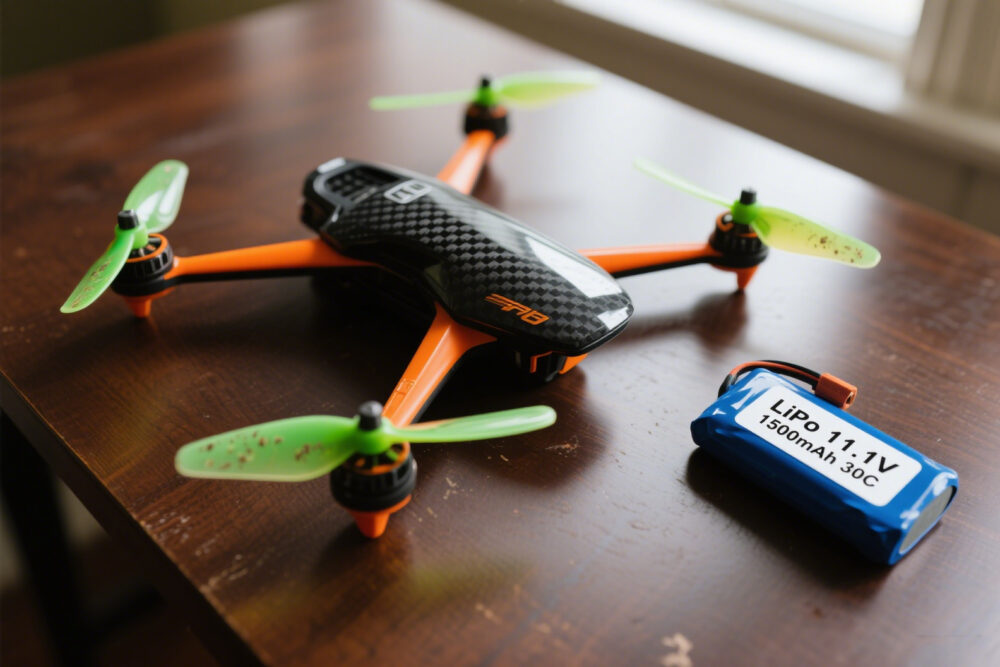
Li-Ion Batteries
Lithium-ion batteries have higher energy density and can provide longer flight times per charge. They are often used in surveying, inspection, and other long-endurance drone tasks. They cannot release power as quickly as LiPo, so they are not suitable for drones that need strong bursts of power. For endurance tasks, Li-Ion batteries improve overall efficiency.
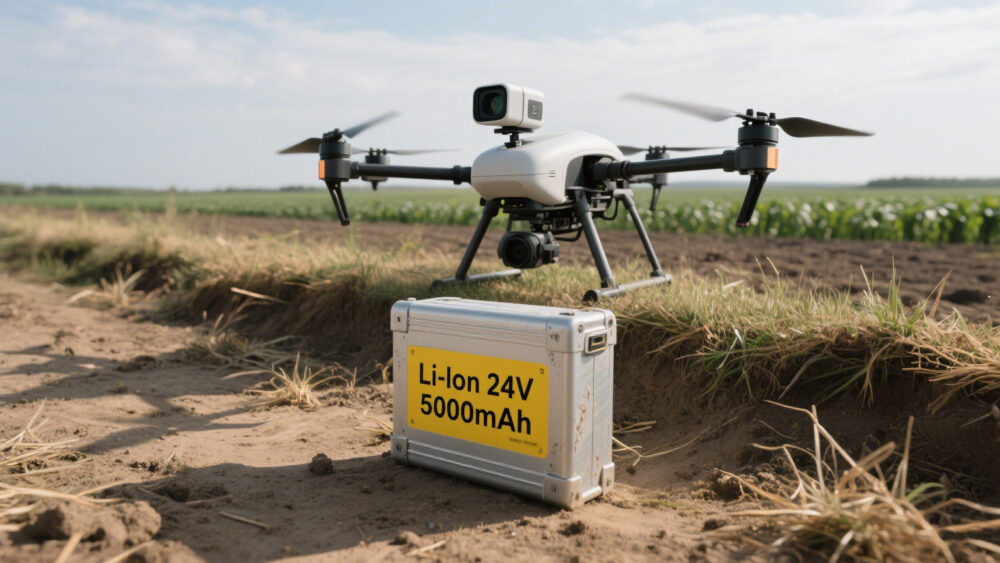
LiFePO₄ Batteries
Lithium iron phosphate batteries are valued for safety and long cycle life. They are unlikely to overheat or catch fire. Industrial drones for power line inspection or fire reconnaissance often use this type of battery. Their energy density is lower than LiPo or Li-Ion, and they are heavier and bulkier, which makes them unsuitable for weight-sensitive drones.
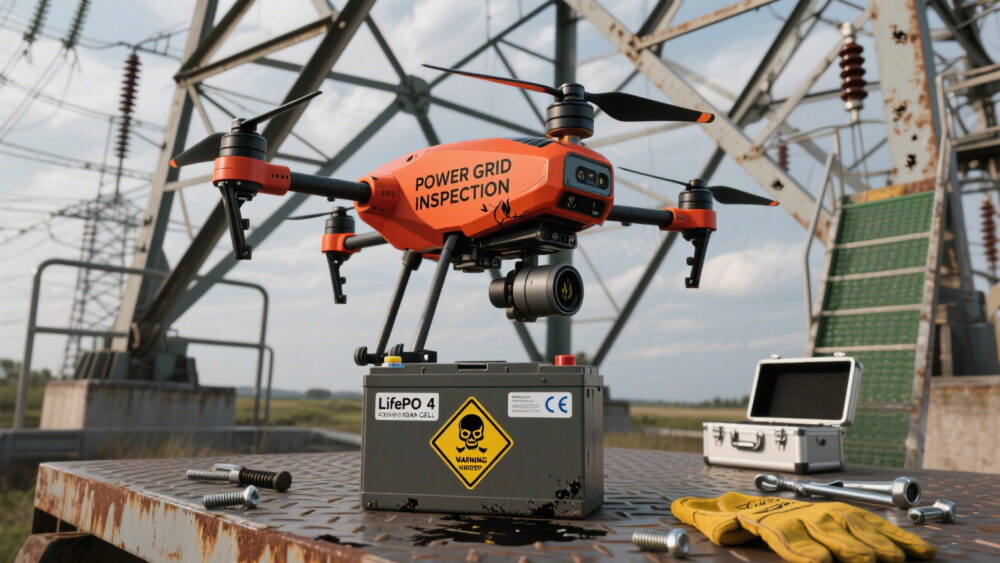
NiMH and NiCd Batteries
Nickel-metal hydride and nickel-cadmium batteries used to be common but are mostly phased out in drones today. NiMH is inexpensive and stable, often seen in small toy drones. NiCd is resistant to high and low temperatures and lasts a long time, but it is heavy and has low energy density, so it is rarely used in consumer drones now.
LTO Batteries
Lithium titanate batteries can charge and discharge very fast and work in cold temperatures. They are used in drones operating in high-altitude or cold areas, such as for transportation or inspections. The cost is high, so they are used in specialized applications.
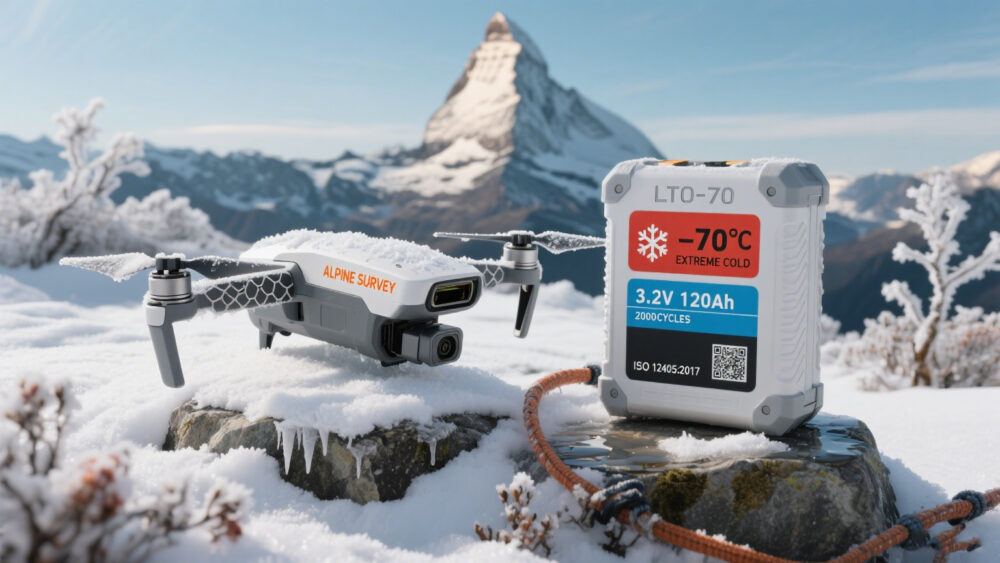
Fuel Cells
Fuel cells are being tested for long-endurance drones. They have much higher energy density than conventional lithium batteries, allowing much longer flight times. They are used in agricultural spraying, logistics, and military reconnaissance. However, they are expensive and complex, so they are still mostly in trial or experimental stages.
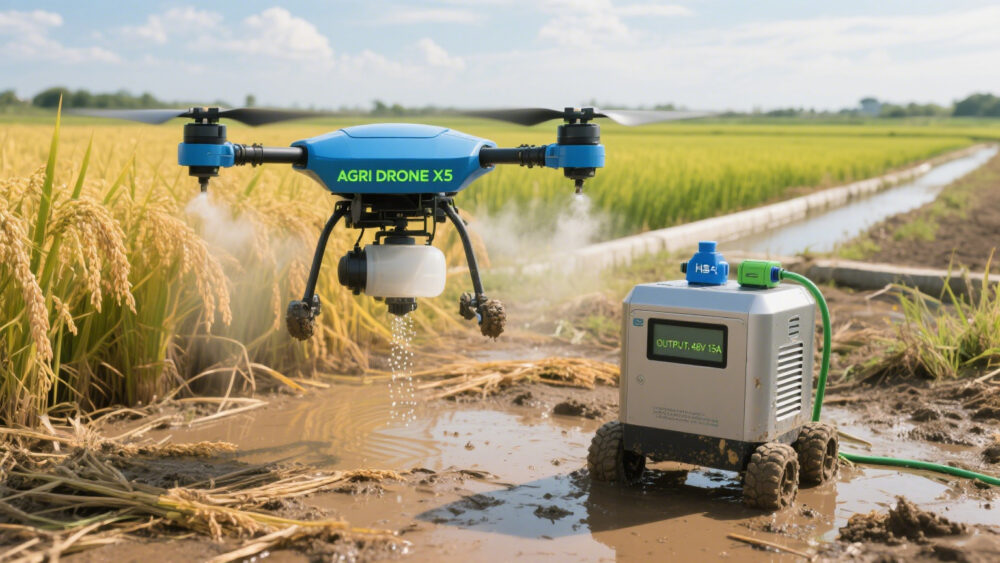
Example from Practice
One agricultural operator used drones with LiPo batteries and got only about 20 minutes of flight time per charge, which made spraying inefficient. After switching to high-capacity Li-Ion batteries, flight time increased to over 45 minutes, which improved overall work efficiency. This shows that battery choice should depend on the mission, not just the specs on paper.
Summary
Different uav battery types have their strengths and weaknesses. LiPo suits high-performance drones, Li-Ion works for long-endurance operations, LiFePO₄ prioritizes safety and lifespan, LTO works in extreme environments, and fuel cells represent a possible future direction. Choosing the right battery requires considering the task, flight time, safety, and budget together.


Leave a Reply